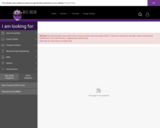
In this animated activity, learners view the pathways and functions of the fasciculus gracilis and the fasciculus cuneatus.
- Subject:
- Agriculture & Natural Science
- Physiology
- Date Added:
- 10/15/2010

In this animated activity, learners view the pathways and functions of the fasciculus gracilis and the fasciculus cuneatus.
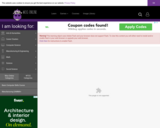
Learners read a brief introduction to monosaccharides, disaccharides, and polysaccharides. The processes for dehydration synthesis and hydrolysis are shown.
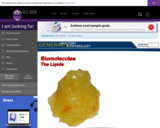
In this animated object, learners examine neutral fats, phospholipids, and cholesterol. The molecular formula and general function for each are shown.
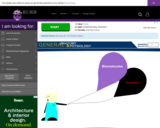
In this animated object, learners read an introduction to protein structure and function.

In this animated and interactive object, learners examine ABO blood antigens and Rh antigens and their compatibility.
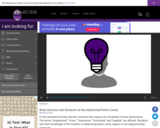
In this animated activity, learners examine how organs are visualized in three dimensions. The terms "longitudinal," 'cross,transverse,horizontal, and sagitta are defined. Students test their knowledge of the location of abdominal pelvic cavity organs in two drag-and-drop exercises.

In this highly animated and colorful object, learners examine the steps of carbohydrate digestion. A brief quiz completes the activity.

In this animated object, learners examine the different types of joints and their movements.
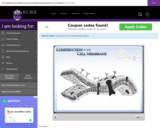
The student studies the structure of the cell membrane by constructing it using the correct molecules.

In this interactive object, learners read about the seven hormones that help regulate blood glucose. A quiz completes the activity.
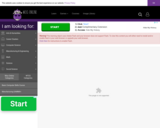
In this interactive learning object, learners study the parts of the brain and then test their knowledge in a drag-and-drop exercise.
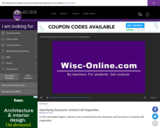
In this animated object, learners are introduced to the structure and function of animal cell organelles.
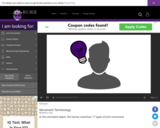
In this animated object, the learner examines 17 types of joint movement.
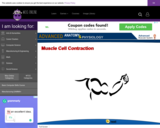
In this animated activity, learners examine muscle cell contraction and relaxation and consider the role of calcium ions.

In this colorful and interactive object, learners examine the structure and function of muscle and connective tissues. A quiz completes the activity.
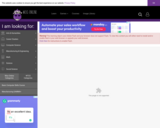
In this colorful, interactive object, learners examine nervous and epithelial tissue composition and function. A quiz completes the activity.
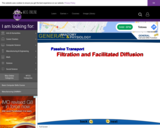
In this animated object, learners examine processes that do not use ATP directly including hydrostatic pressure and facilitated diffusion with carrier proteins.
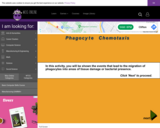
This animated object illustrates the events leading to the migration of phagocytes into areas of tissue damage and/or bacterial presence. Learners view bacterial cell phagocytosis, its subsequent enzymatic digestion, and exocytosis.
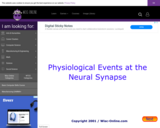
The student reviews information on the neural synapse.
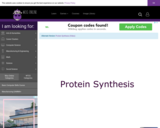
Every protein molecule of an organism is synthesized by that organism in a prescribed process. This activity helps students understand the fundamental life process of making protein.